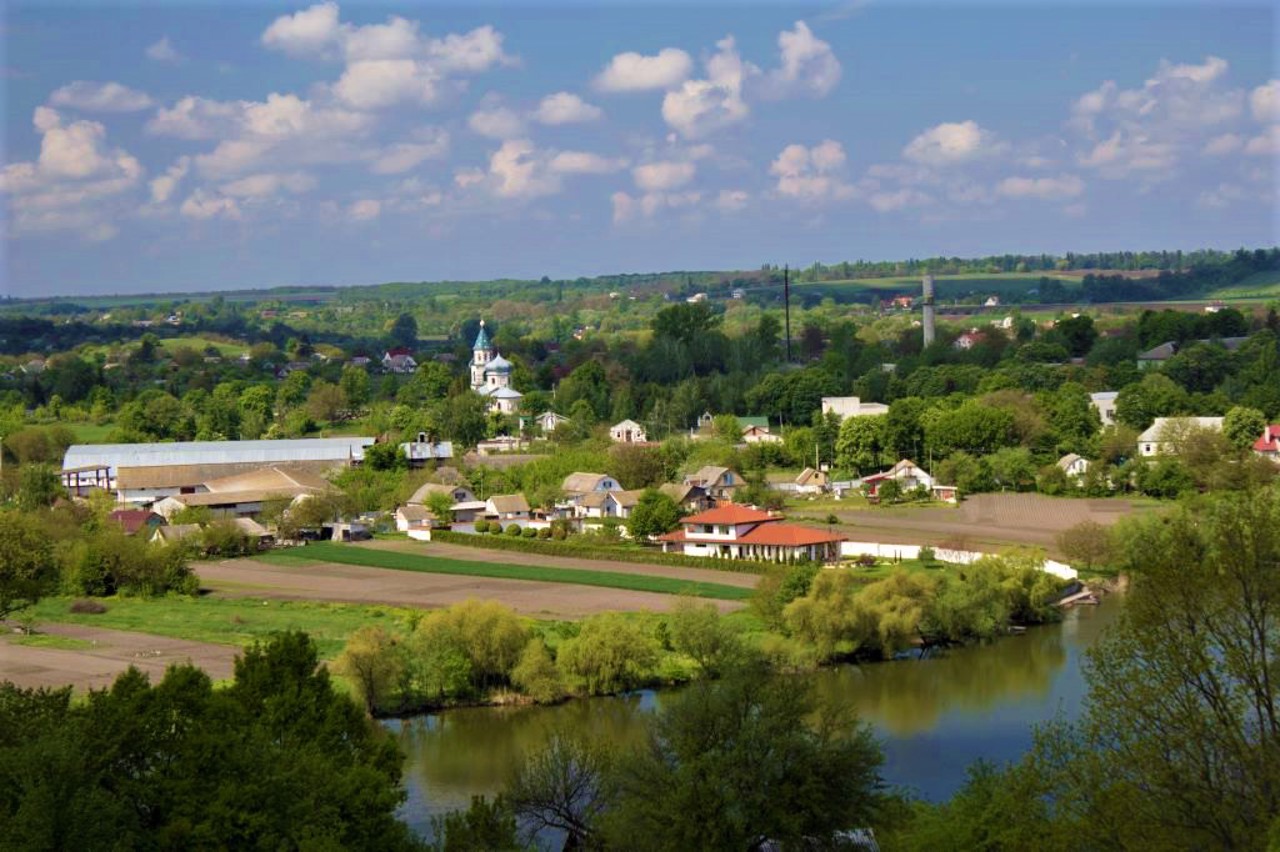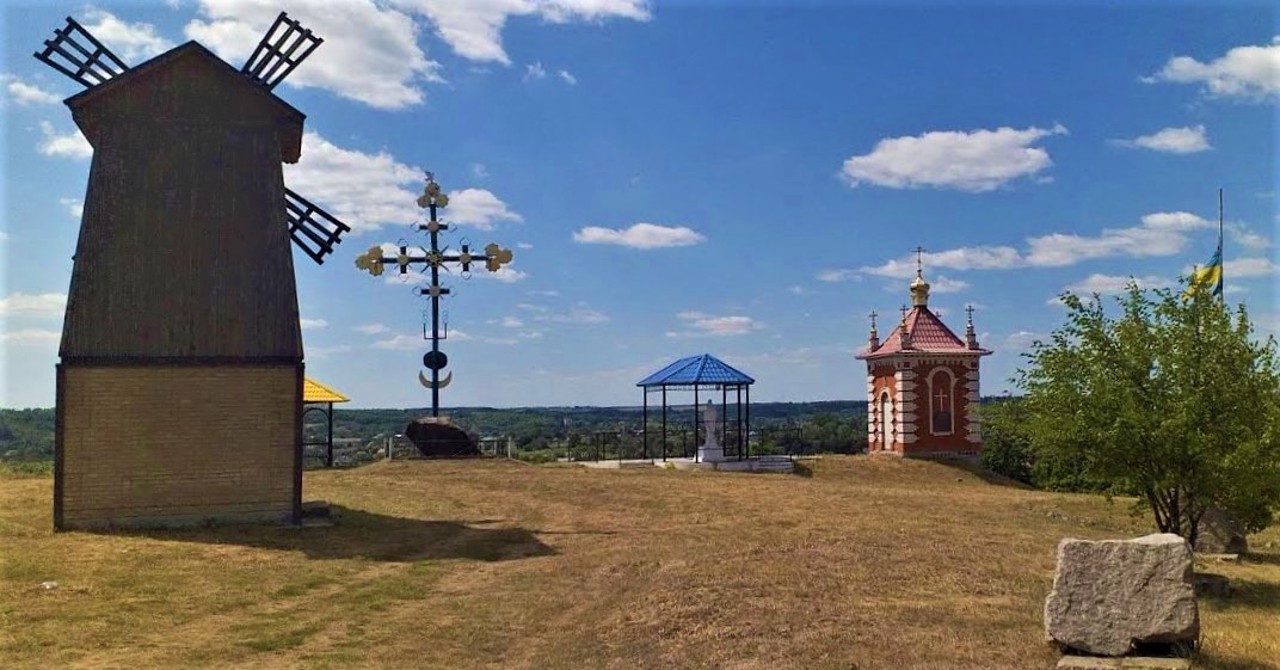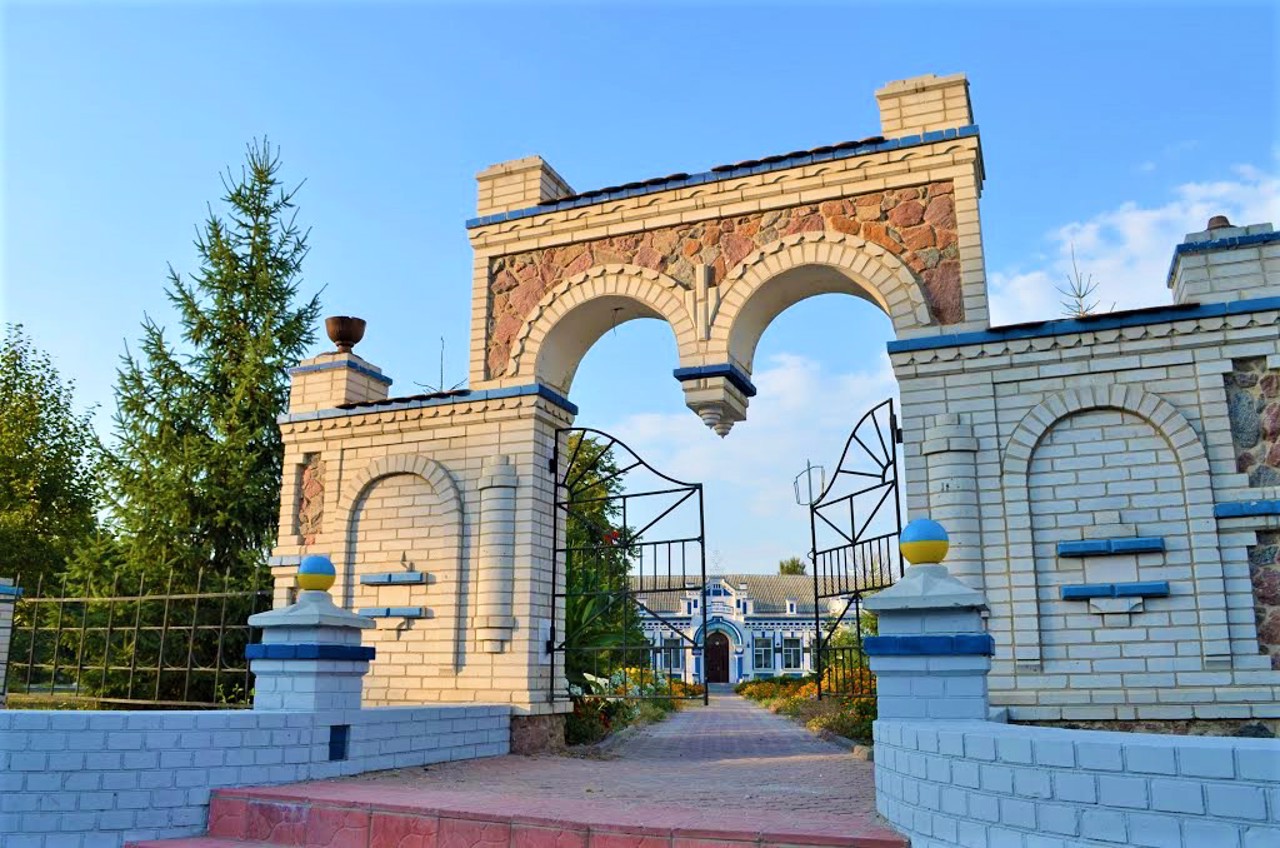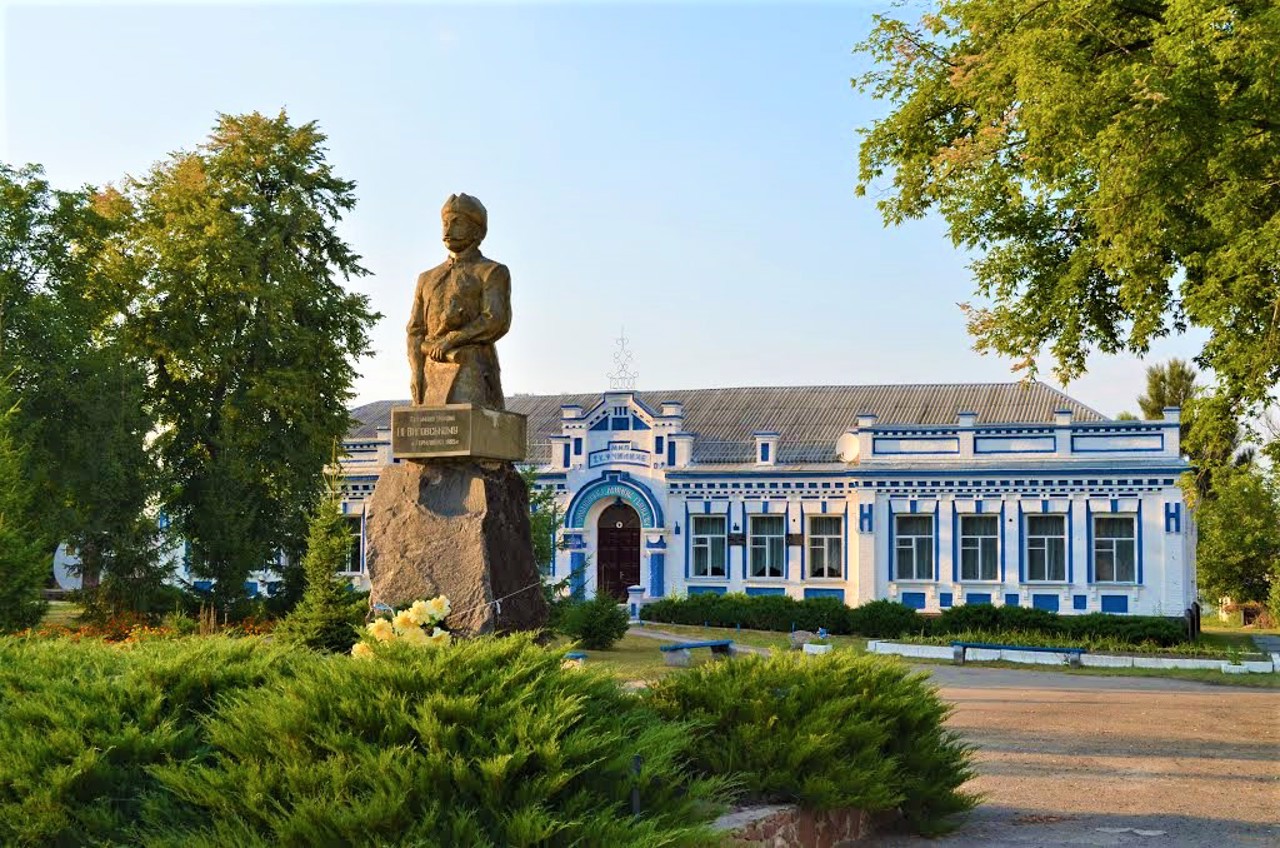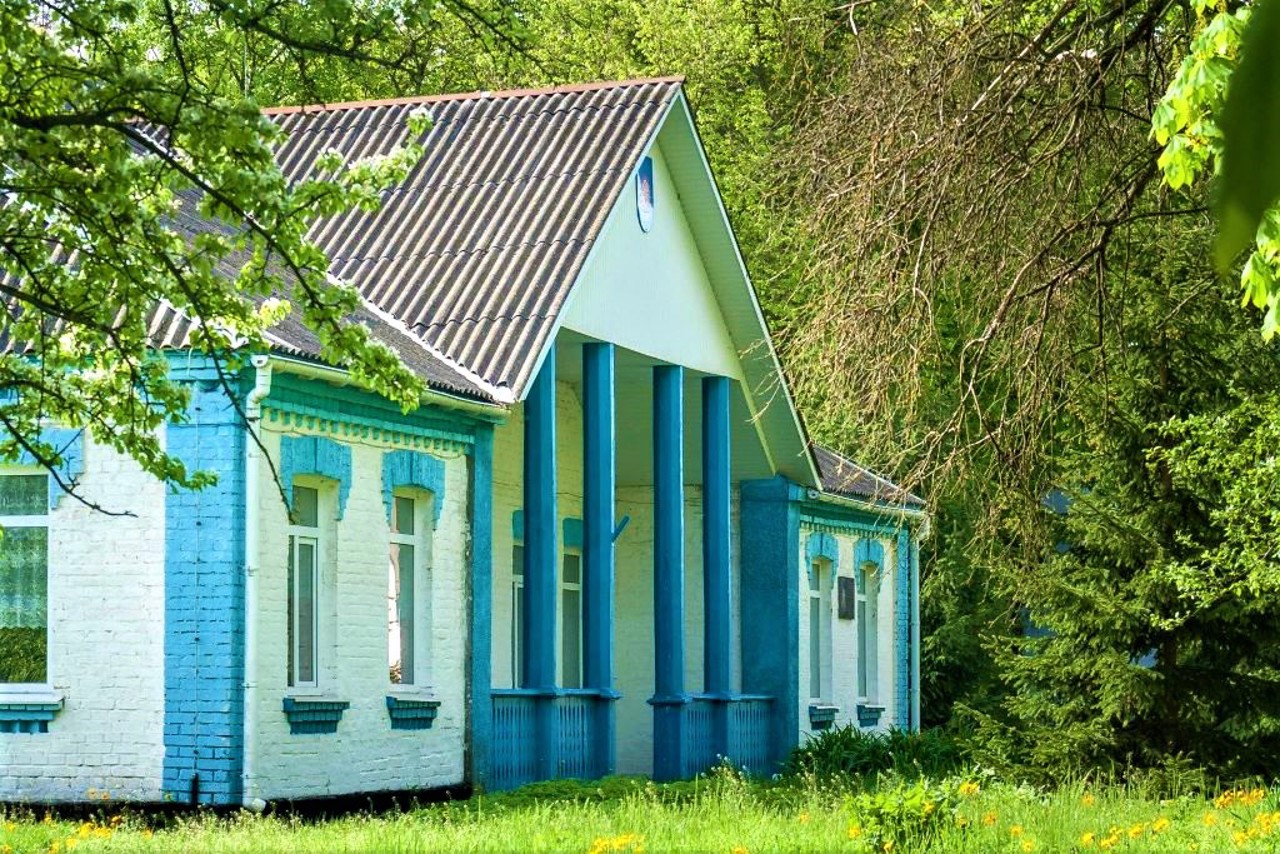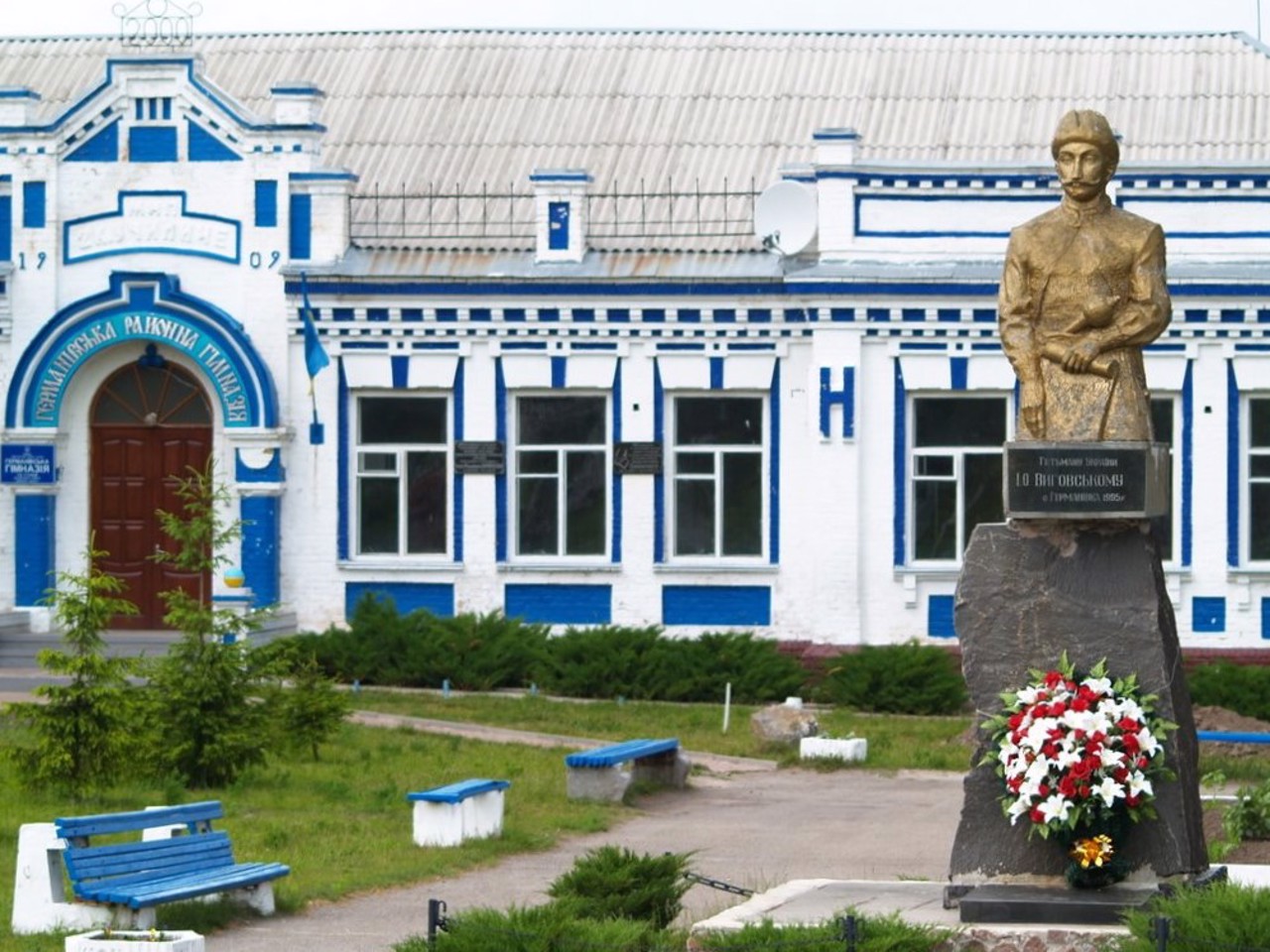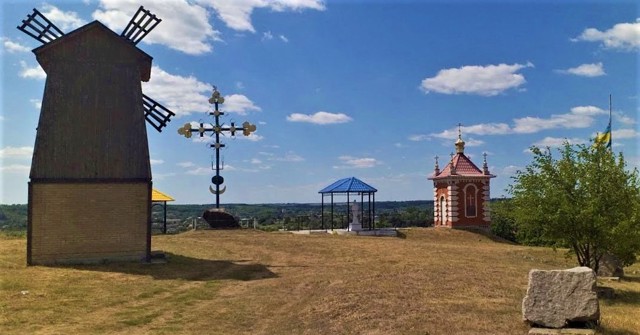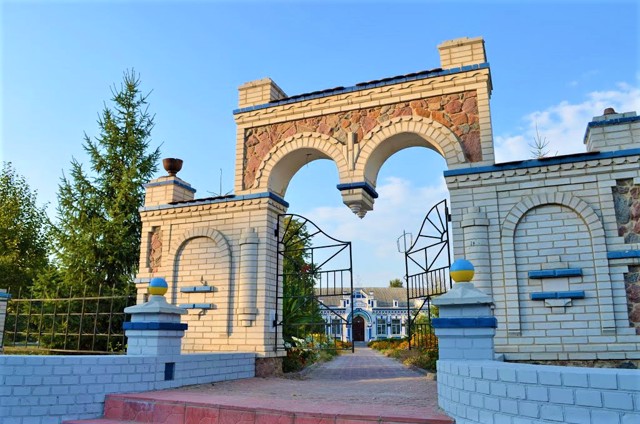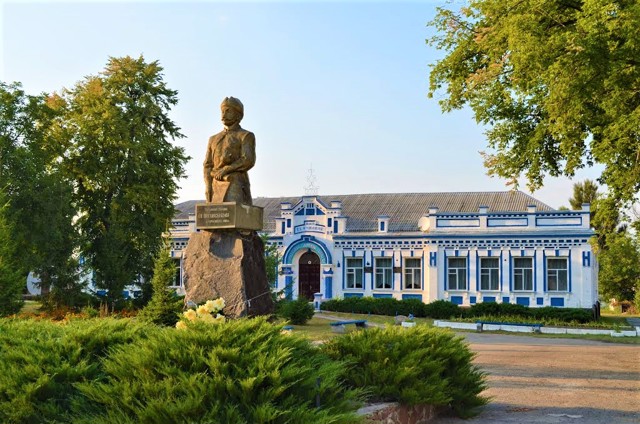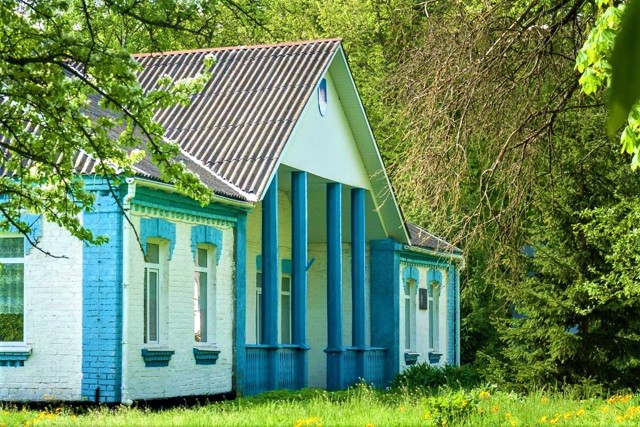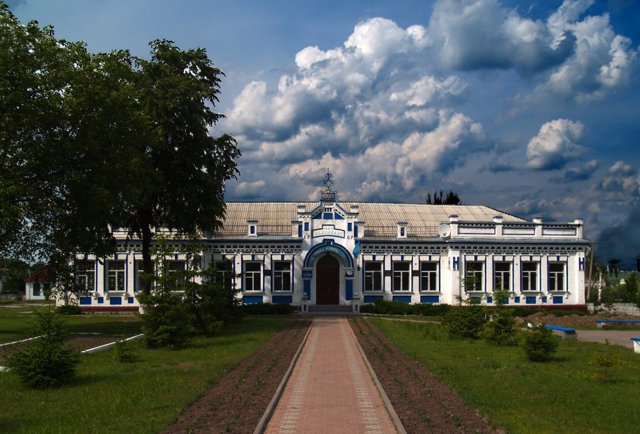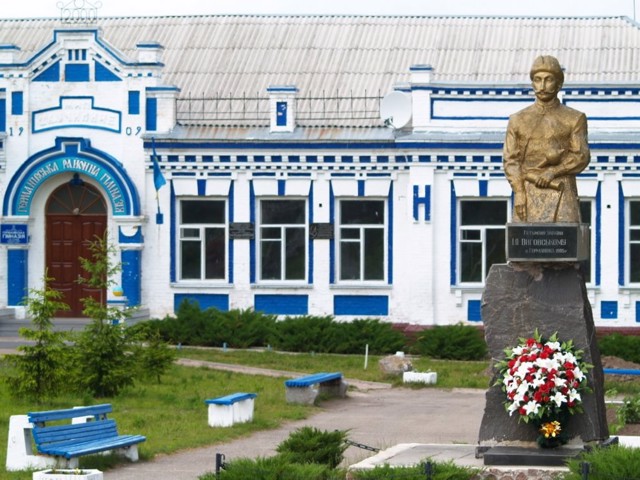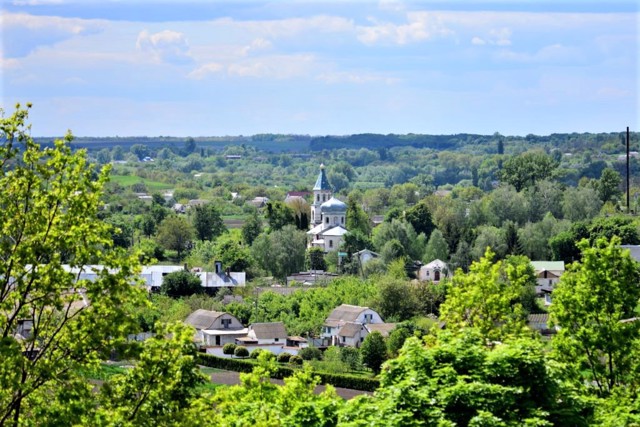Functional temporarily unavailable
General information about Hermanivka
The village of Hermanivka is located on the raging banks of the Chervona River, 15 kilometers northwest of Obukhiv, next to highway N-01 "Kyiv - Kaharlyk".
For the first time it is mentioned in the "Tale of Timeless Years" as the ancient Rus city of Hermanych, destroyed in 1093 by the Polovtsian Khan Bonyak. According to one version, the name comes from the Greek word "Herma" - roadside pillar.
Hermanivka was mentioned again in 1588, when the Bila Tserkva elder Yanush Ostrozky bought it together with the whole of Lukavytsia (Obukhiv region) from the nobleman Petro Dorohostaysky, but 18 years later, Dorohostaysky's nephew condemned these lands.
At the beginning of ...
The village of Hermanivka is located on the raging banks of the Chervona River, 15 kilometers northwest of Obukhiv, next to highway N-01 "Kyiv - Kaharlyk".
For the first time it is mentioned in the "Tale of Timeless Years" as the ancient Rus city of Hermanych, destroyed in 1093 by the Polovtsian Khan Bonyak. According to one version, the name comes from the Greek word "Herma" - roadside pillar.
Hermanivka was mentioned again in 1588, when the Bila Tserkva elder Yanush Ostrozky bought it together with the whole of Lukavytsia (Obukhiv region) from the nobleman Petro Dorohostaysky, but 18 years later, Dorohostaysky's nephew condemned these lands.
At the beginning of the 17th century, the town belonged to Belz castellan Andriy Firley, then to Count Kazymyr Tarnovsky. At the beginning of the Liberation War, Hermanivka became the hundredth town of the Bila Tserkva regiment.
In 1659, the Black Council was held here, at which Ivan Vyhovsky was overthrown from the hetmanship, and Yuriy Khmelnytskyi was elected as the new hetman, which began the period of the decline of the Cossack state, known as "Ruin" (a monument to Vyhovsky was erected).
In 1812, Kayetan Proskura became the owner of Hermanivka, and after him the village was divided into several estates. In 1866, Hermanivka became the parish center.
From those times, a very interesting building of a two-class school (1883, architect Volodymyr Nikolayev) has been preserved. Other attractions: a picture gallery in the former store premises (1902), the Kozachchyna museum in the former manufacturing shop (1904), a memorial crucifix, the "Wheel of Time" monument and other memorials.
Село Германівка розташоване на яристих берегах річки Червоної в 15 кілометрах на північний захід від Обухова, поруч з трасою Н-01 "Київ - Кагарлик".
Вперше згадується в "Повісті времєнних літ" як давньоруське місто Германич, зруйноване в 1093 році половецьким ханом Боняком. За однією з версій, назва походить від грецького слова "Герма" - придорожній стовп.
Знову Германівка згадується вже в 1588 році, коли білоцерківський староста Януш Острозький купив її разом з усією Лукавицею (Обухівщиною) у шляхтича Петра Дорогостайського, але через 18 років племінник Дорогостайського відсудив ці землі.
На початку XVII сторіччя містечко належало Белзькому каштелянові Андрію Фірлею, ...
Село Германівка розташоване на яристих берегах річки Червоної в 15 кілометрах на північний захід від Обухова, поруч з трасою Н-01 "Київ - Кагарлик".
Вперше згадується в "Повісті времєнних літ" як давньоруське місто Германич, зруйноване в 1093 році половецьким ханом Боняком. За однією з версій, назва походить від грецького слова "Герма" - придорожній стовп.
Знову Германівка згадується вже в 1588 році, коли білоцерківський староста Януш Острозький купив її разом з усією Лукавицею (Обухівщиною) у шляхтича Петра Дорогостайського, але через 18 років племінник Дорогостайського відсудив ці землі.
На початку XVII сторіччя містечко належало Белзькому каштелянові Андрію Фірлею, потім графу Казимиру Тарновському. На початку Визвольної війни Германівка стала сотенним містечком Білоцерківського полку.
В 1659 році тут відбулася Чорна рада, на якій було повалено з гетьманства Івана Виговського, а новим гетьманом обрано Юрія Хмельницького, з чого почався період занепаду козацької держави, відомий як "Руїна" (встановлено пам'ятник Виговському).
В 1812 році власником Германівки став Каєтан Проскура, а після нього село було поділено на кілька маєтків. В 1866 році Германівка стала волосним центром.
З тих часів збереглася дуже цікава будівля двокласного училища (1883 рік, архітектор Володимир Ніколаєв). Інші пам'ятки: картинна галерея в колишньому приміщенні магазину (1902 рік), музей Козаччини в колишній мануфактурній крамниці (1904 рік), пам'ятний хрест-оберіг, пам'ятник "Колесо часу" та інші пам'ятні знаки.
Сплануй своє перебування у Hermanivka
What to see and where to go in Hermanivka
Tourist attractions and museums of Hermanivka
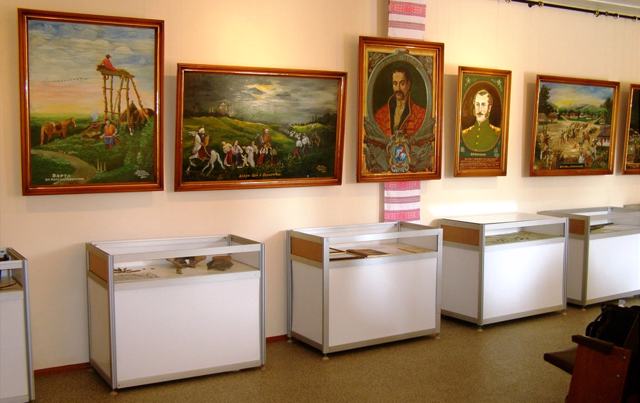
Cossack Era Museum
Architecture , Museum / gallery
The Museum of Cossack Era in Hermanivka is located in the building of the manufacturing bench, erected in 1904, next to the Art Gallery.
The museum illuminates the historical and socio-political processes of the development of the village of Hermanivka in the context of the general history of Ukraine through archaeological and ethnographic monuments of antiquity from the Bronze Age to the present.
The museum is divided into two halls. Exhibits from the Bronze Age to the end of the 19th century are exhibited in the first hall, and exhibits from the beginning of the 20th century are displayed in the second hall.
The Cossack Era Museum Museum and the Art Gallery in Hermanivka are branches of the Kyiv Regional Archaeological Museum.
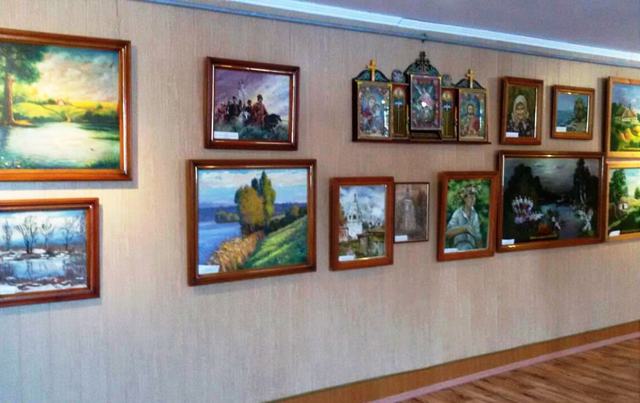
Hermanivka Art Gallery
Architecture , Museum / gallery
The Art gallery in the village of Hermanivka is located in the former store building, built in 1904 by the entrepreneur Patlakh, next to the Cossack Era Museum.
The official opening of the art gallery took place in 2005.
The museum presents paintings by artists whose lives were connected with Hermanivka, as well as works of art by the inhabitants of the village.
The Cossack Era Museum Museum and the Picture Gallery in Hermanivka are branches of the Kyiv Regional Archaeological Museum.
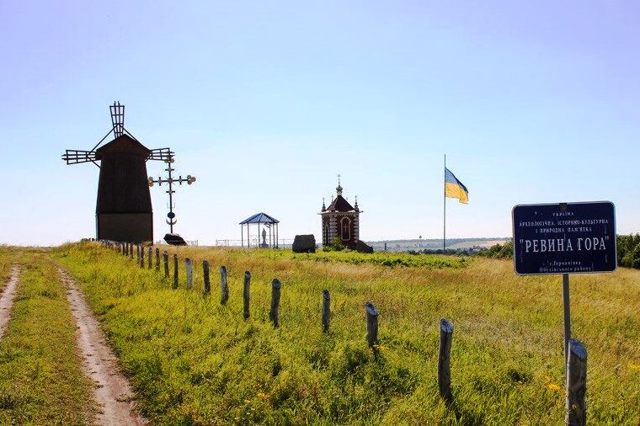
Revyna Hill
Natural object , Archaeological site
Revyna Hill above the Chervona River is a historical place on the outskirts of the village of Hermanivka, where the Old Rus fortified settlement of Hermanych, known since 1096, was founded approximately at the end of the 10th century.
It is believed that the city was founded by Prince Volodymyr the Great of Kyiv on Serpent's Shafts for protection from nomads. Ancient Hermanych burned to the ground during the Mongol-Tatar invasion.
In commemoration of the foundation of the village, a talisman was erected on Revyna Hill, a chapel and a gazebo were built.
A picturesque view of the village of Hermanivka, which lies on the other side of the river, opens from the ramparts of the hillfort.
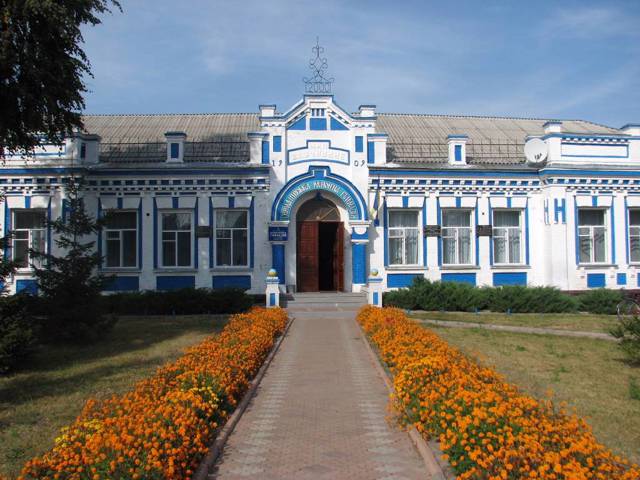
Two-class School
Architecture
The building of the two-class school in Hermanivka was built in 1883 according to the project of the prominent Kyiv architect Volodymyr Nikolayev, the author of the building of the National Philharmonic.
Now it is Hermanivka gymnasium.
The first monument in Ukraine to hetman Ivan Vyhovskyi, who was deposed from the hetmanship during the Black Council (Chorna Rada) held in Hermanivka in 1659, was installed on the territory.
Reviews Hermanivka
Geographical information about Hermanivka
| {{itemKey}} | {{itemValue}} |
|---|---|
| Region |
Kyiv |
